Original link: https://taiwan.chtsai.org/2023/08/20/covid-19/
Recently diagnosed with COVID-19. It is a mild case, but all the symptoms are there, and they are quite strong. I felt uncomfortable at the beginning, but the symptoms gradually eased. On the 10th day, I still had respiratory symptoms, and the quick test was still positive, but the T line has been very weak for two consecutive days. Looks like he’s on his way to recovery.
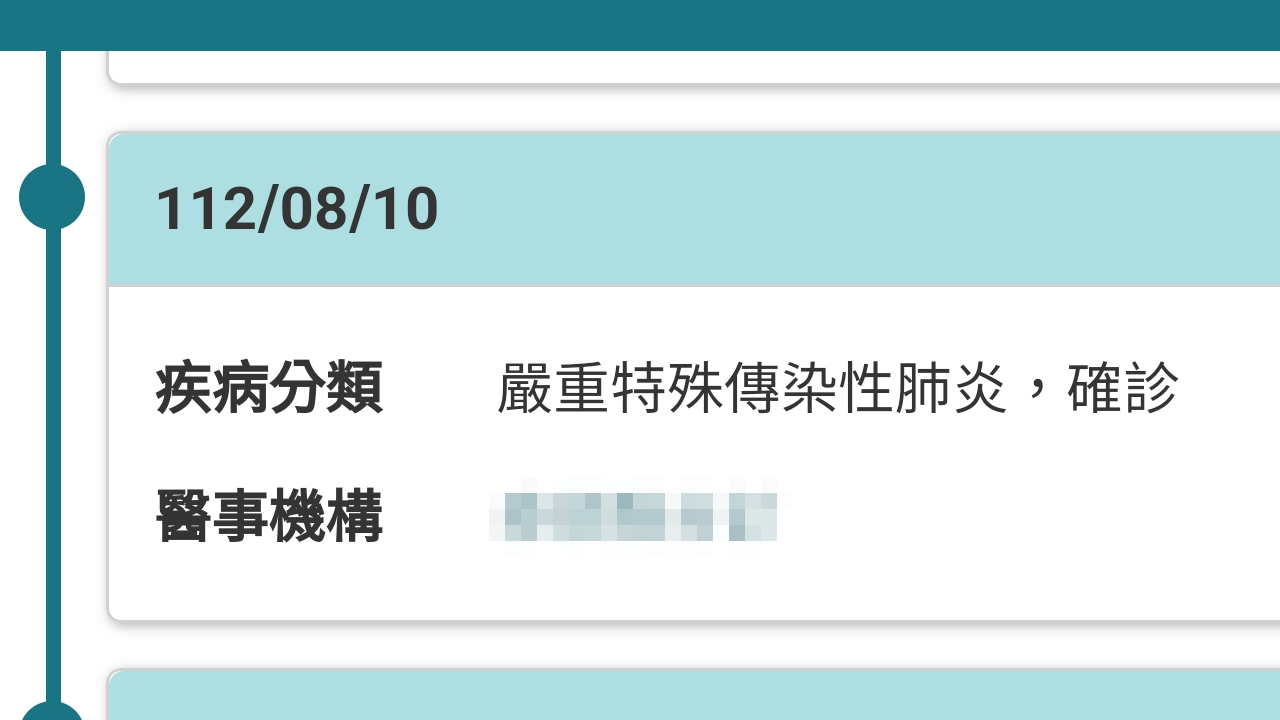
face disease
It is lucky to be diagnosed at this time five months after the implementation of the policy of “no notification and no isolation for mild cases, and change to “0+n independent health management”. You can still go out to see a doctor and buy food when necessary, which saves a lot of trouble. Most people have been diagnosed. There is much less social pressure. Most outsiders can empathize.
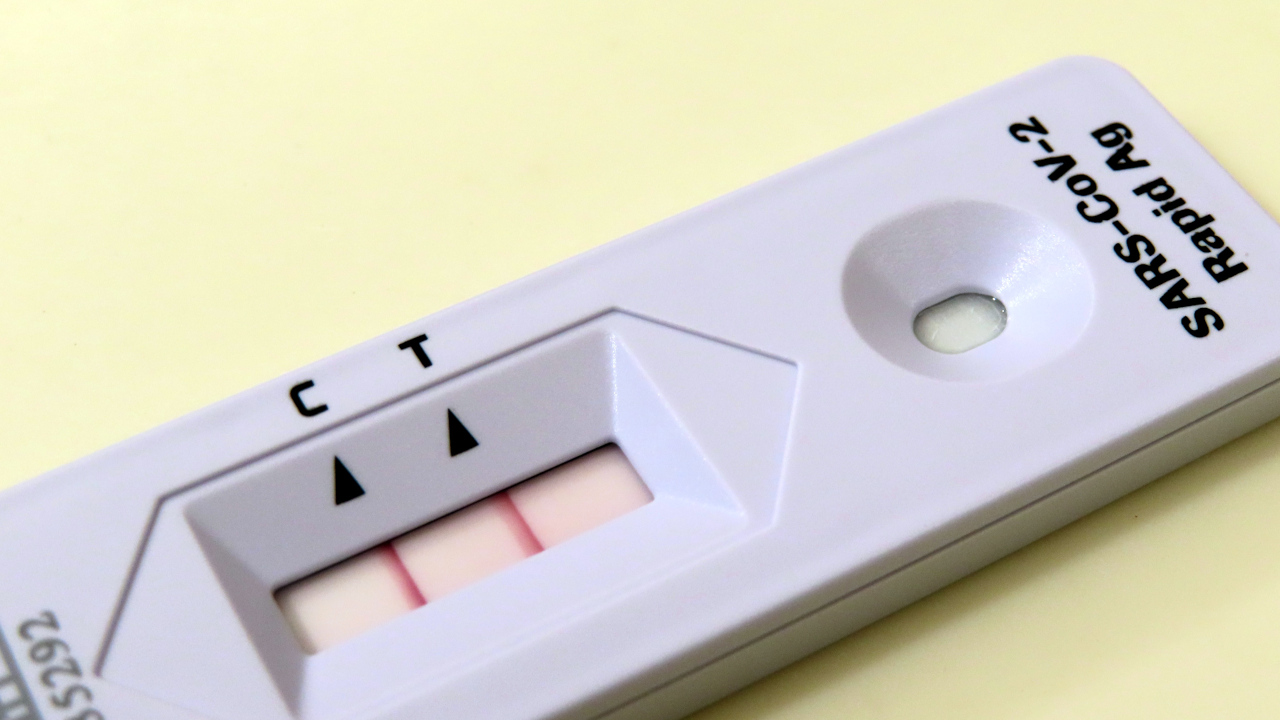
Since everyone has to be diagnosed once, family members who live with each other will be diagnosed at the same time. At least the trouble of taking turns to isolate and clean up is eliminated at home, as long as you ensure that outsiders do not enter the house. Family members have similar symptoms and similar processes, which also help to understand each other’s physical and mental states. Of course it’s best not to get sick.
Five previous doses of the vaccine have given you no protection, but experiencing your body’s response to the vaccine helps a lot. Especially the first dose with the strongest reaction. You will recall the experience at that time and roughly understand why the body is experiencing what it is now. Just stronger and longer lasting. Not unprepared.
Even so, the intensity of the symptoms exceeded my expectations. From the very beginning, I decided to cancel the two itineraries that were scheduled for the fifth and sixth days of the diagnosis, which were visits and meetings that required traveling to several places and contacting many people. I originally thought that the speech on the tenth day should still have a chance. On the eighth day, my voice was still hoarse, and I would cough when I tried to speak, but I finally decided to cancel it.
Be aware of body and mind
During this period, using smart wear to grasp the physical condition is more sensitive than subjective feeling. Resting heart rate, daily heart rate, and stress level are three metrics that help a lot.
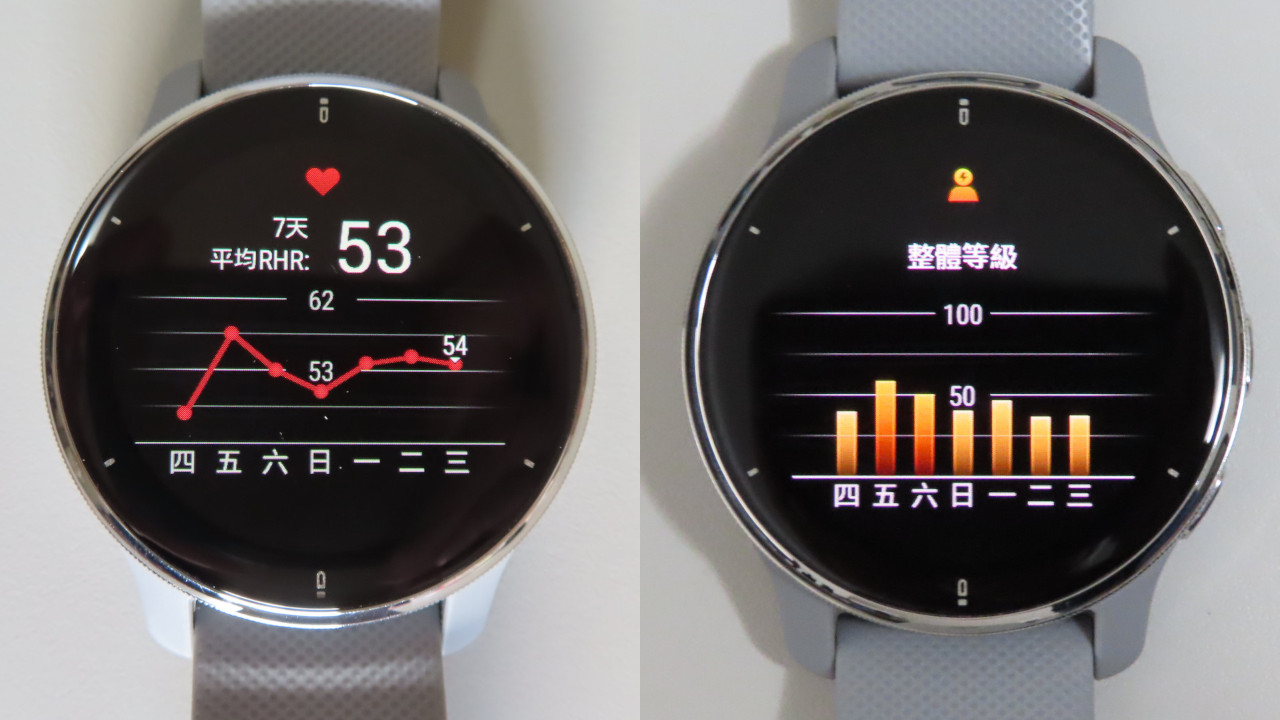
Resting heart rate is a rough but sensitive indicator of health. My usual resting heart rate is around 45-48. For example, the date of diagnosis is 47. But it soared to 58 the next day. Then it slowly decreased as the disease progressed, but it was always above 50, with an average of 53 in the first seven days. It also let me know that the disease is still haunting my body.
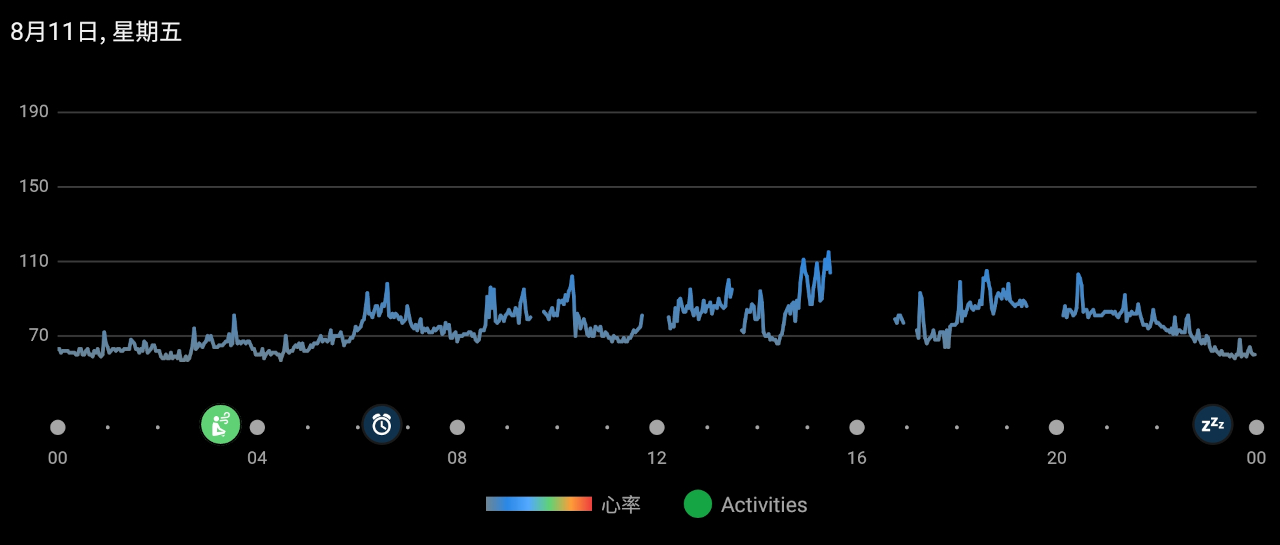
Daily heart rate is also sensitive. On the day of the diagnosis, when the symptoms were not many, I just sat at my desk at home and swiped my mobile phone, and my heart rate was above 80. Walking to the clinic, my heart rate was over 100. Usually these two scenarios will not exceed 65 and 75.
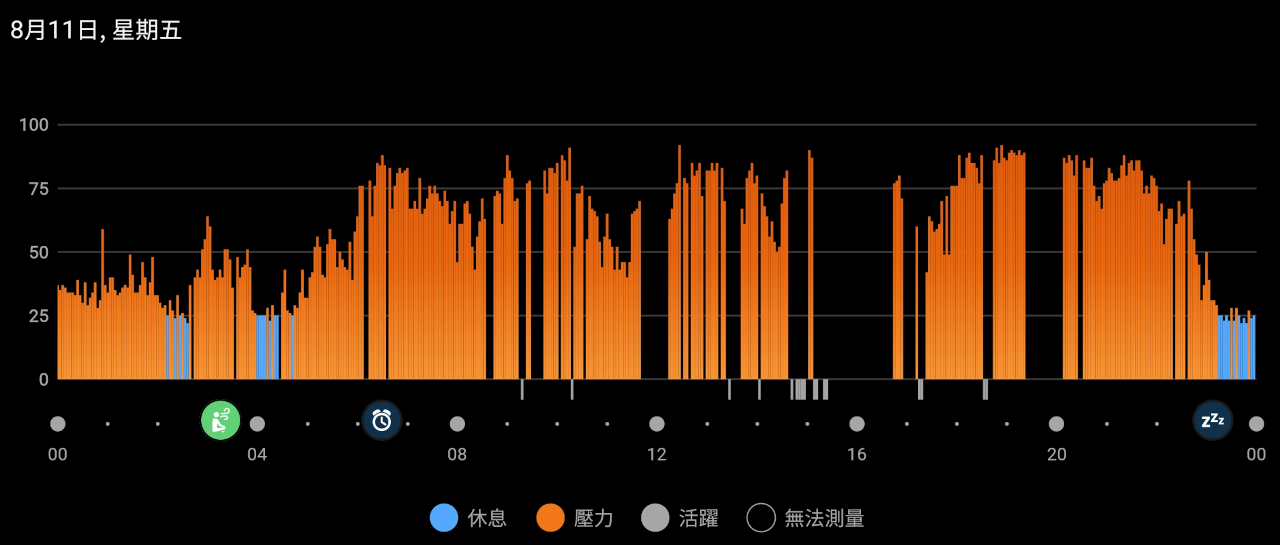
Stress levels estimated using heart rate variability (HRV) are most valuable. I’m a fairly balanced autonomic person, and the stress is usually low enough when I’m resting. Although most of them have been resting at home since the diagnosis, the pressure has remained high. Even the first day or two, even during sleep, the pressure was high. Of course, this pressure does not come from the outside, but from the internal immune response.
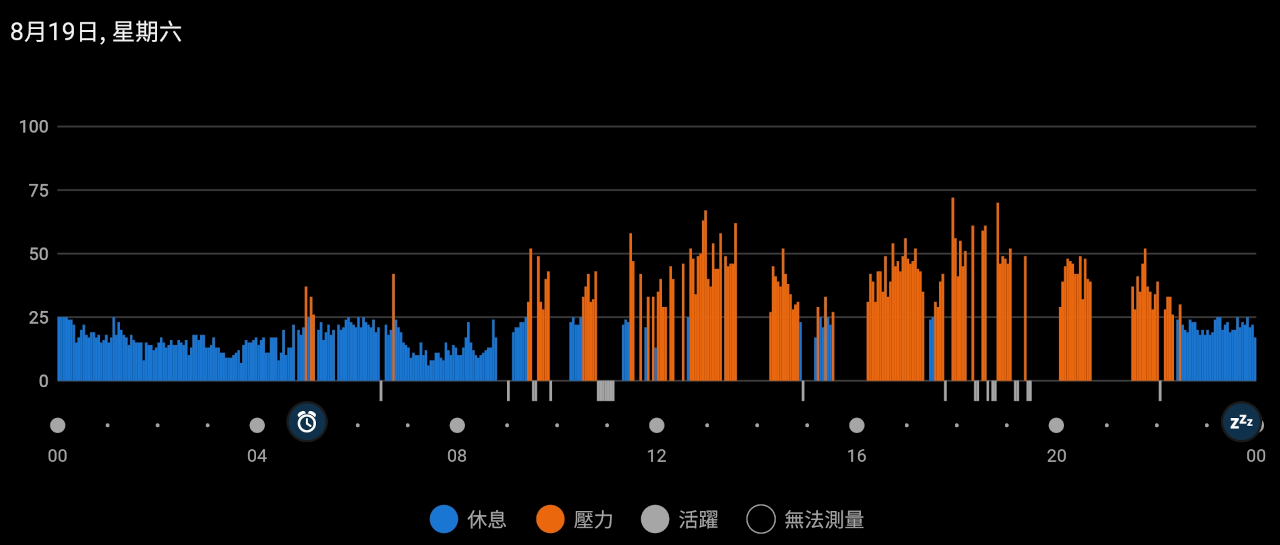
As the pressure during rest decreased day by day, I also felt that the disease process had passed its peak. However, compared with the resting state before the diagnosis, the pressure is still high, which shows that this internal war is not over yet. In addition to illness, symptoms of discomfort, or poor sleep quality, of course, can also increase stress. But on the whole, as long as the stress index during rest is not like resting, and I don’t feel anxious about anything, I know that my body is still in condition.
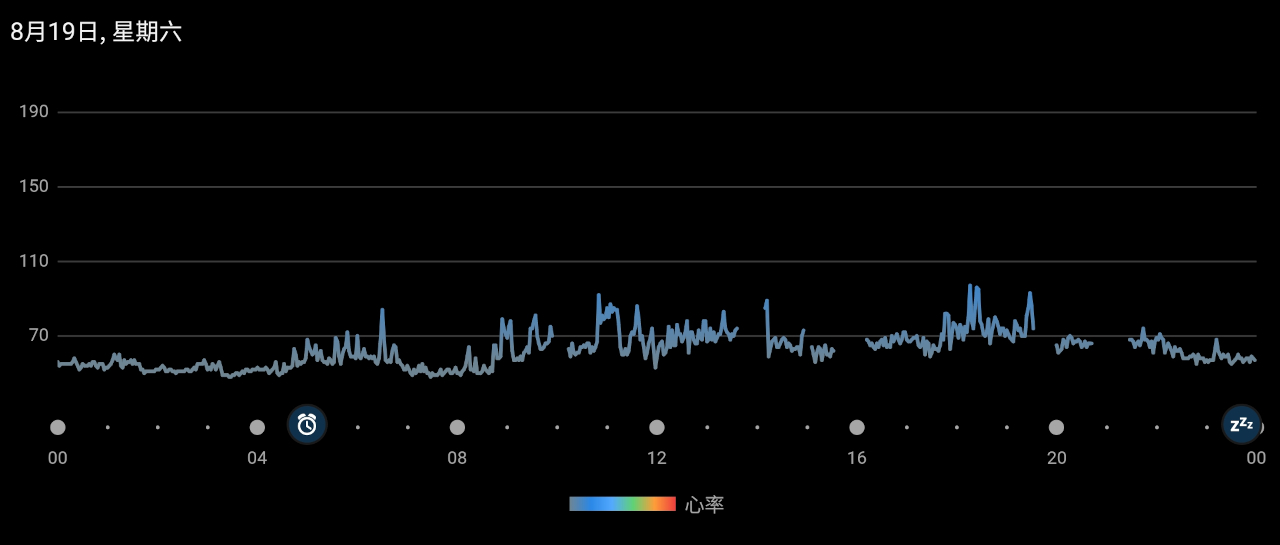
The milestone is the ninth day of diagnosis. Waking up this day, the subjective experience does have a certain sense of relief. Resting heart rate finally dropped below 50. Daily heart rate and resting pressure while awake are also close to the state before the diagnosis. The heart rate is 65 or below for sitting and calmly scrolling on the phone, and the stress level is low enough. Although there are still symptoms, although the rapid screening is still positive, but the T line is already very faint.
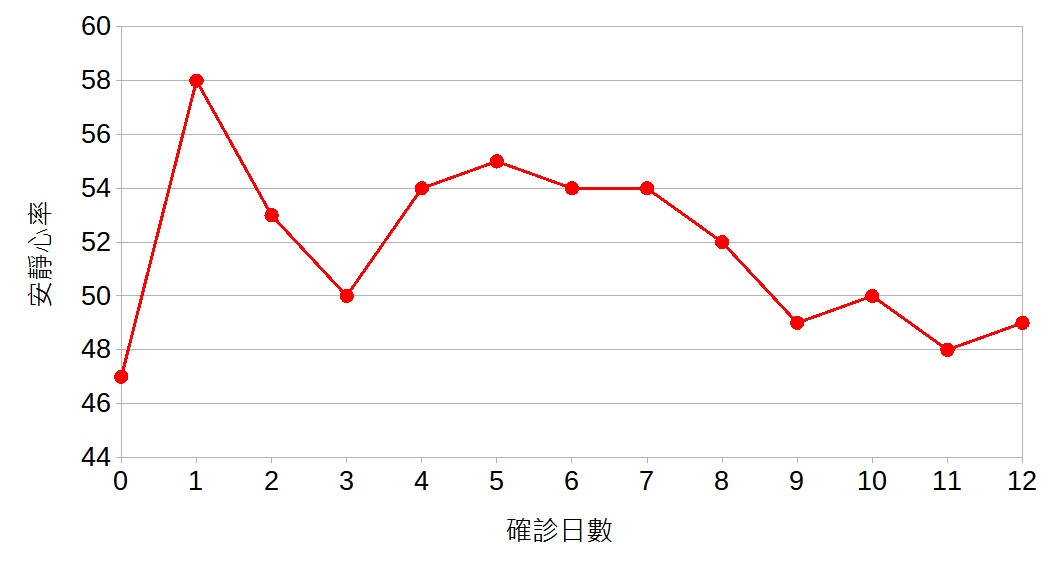
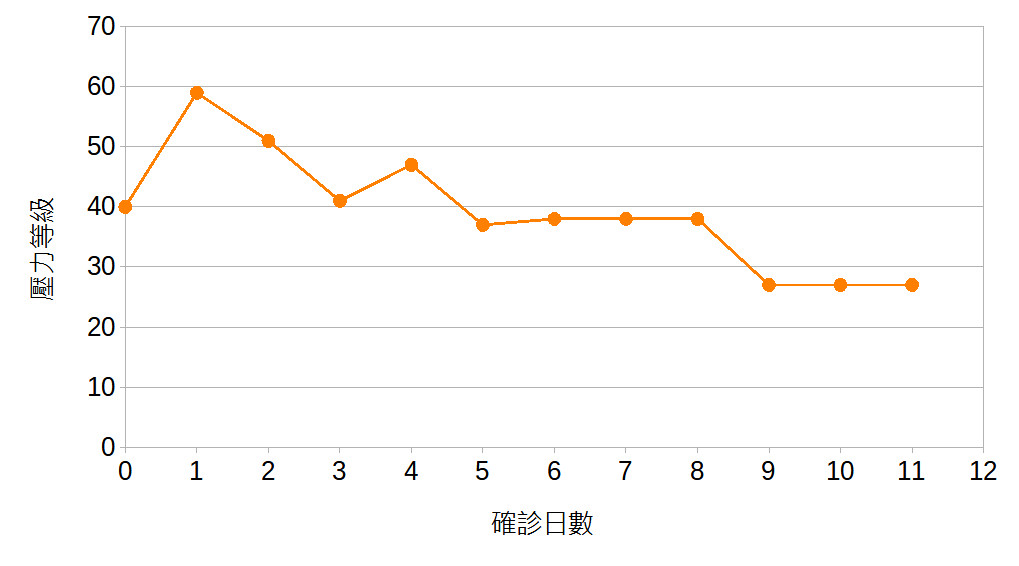
mindful breathing
During the diagnosis period, I took several mindful breaths according to the situation. All for sleep aids. Mainly 4-7-8 breathing and isometric breathing. Both help.
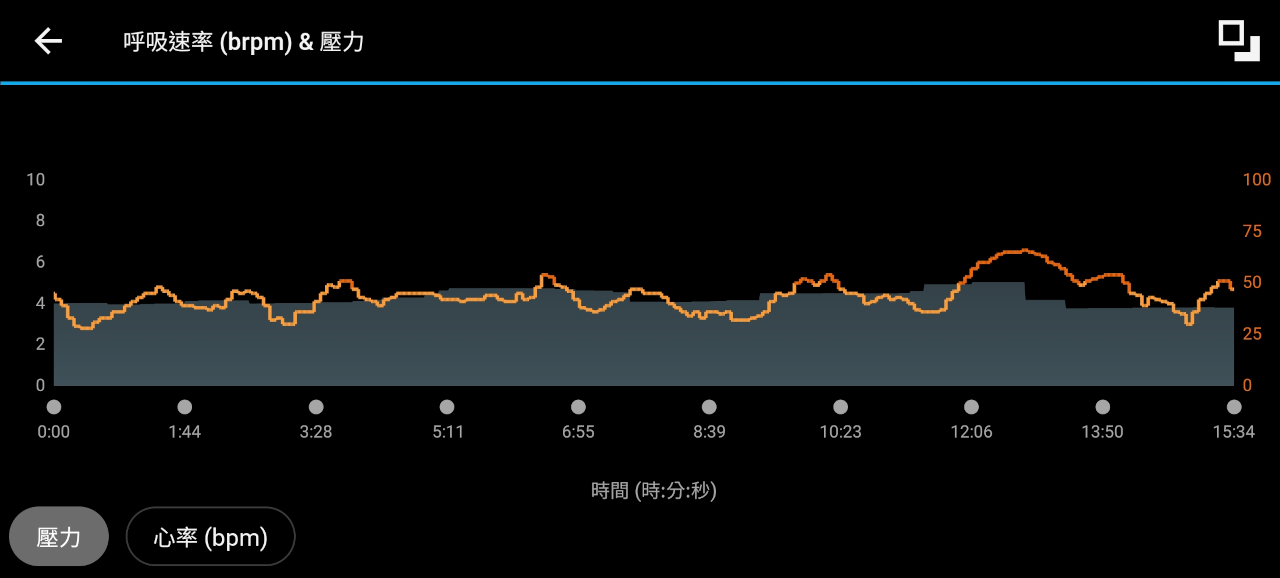
The initial stress comes entirely from the immune response, and mindful breathing is of course hard to decompress. But on the night of the most difficult diagnosis day when the fever reached 39 degrees, I first did a set of isometric breathing, woke up in the middle of the night and did a set of 4-7-8 breathing. can help sleep. Although the stress level was so high throughout the night that Garmin judged that I hadn’t slept, it was indeed the worst night of sleep during the diagnosis, at least subjectively, I fell asleep.
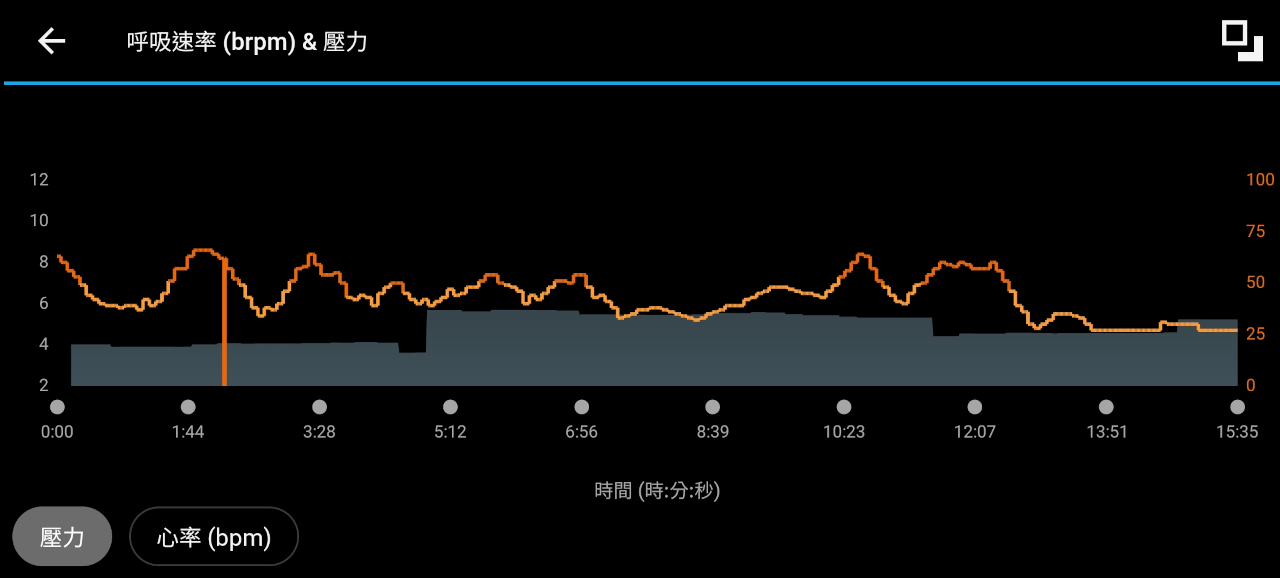
In the later stage, on the evening of the eighth day after the diagnosis, the symptoms have been relieved a lot. On the contrary, the sleep disturbance is due to the lack of physical activity during the rest period, and it is not as easy to fall asleep as before the diagnosis. Also aware of this situation, I took a set of isometric breaths. At this time, the decompression effect will come out, and it can also help sleep.
resume sports
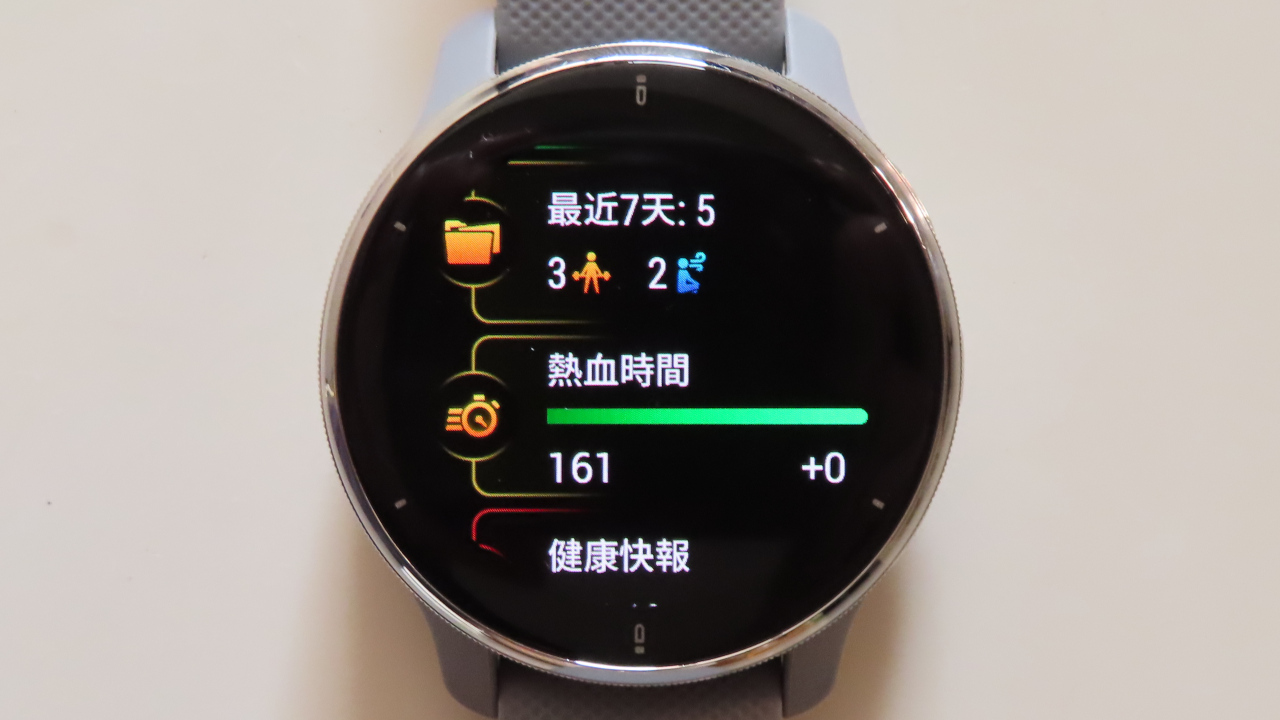
After passing the peak of the course of the disease in the previous few days, I resumed very basic exercise on the fifth day after the diagnosis. Roughly static stretching, very low intensity. The heart rate reaches the top, that is, the interval one. On the sixth day after the diagnosis, the exercise intensity can be increased a little, and the highest can enter interval three. On the eighth day after the diagnosis, the exercise intensity was increased a little.
Focus on physical activity, catch your breath, give your body some stimulation, sweat a little, and feel a lot better. It not only maintains the rhythm of exercise and life, but also another way to measure health status. In fact, you can clearly feel that your physical fitness is not as good as before the diagnosis.
Summary of disease course
day 0
Woke up with a sore throat. At noon, I started to have respiratory symptoms, nasal congestion, runny nose, runny nose and phlegm. The family members who live with them should be quickly screened and diagnosed first, and then go to a clinic near their home for treatment. My symptoms were half a day later than my family’s, and I went to see a doctor later, and I was diagnosed quickly in the clinic. The doctor prescribed medicine to relieve symptoms.
That night, the fever reached over 39 degrees. I followed the doctor’s advice and added another antipyretic medicine in addition to the medicines I took on time, and it dropped slightly. But having a fever, feeling drowsy and body aches is the most uncomfortable thing, even more uncomfortable than respiratory symptoms.
I have never been burned like this since I was a child. I don’t even have the experience of having a fever above 38 degrees since I was an adult (only low-grade fever was vaccinated before). So my discomfort may be partly intensified by the unfamiliarity with the fever experience.
Day 1~2
These two days were the hardest, lying in bed almost all day. Hurry up and contact to cancel a few more recent trips.
The fever still reached 39 degrees, but the fever can be subsided even after taking medicine. Head hurts very much. In the past two days, the respiratory symptoms have also become more obvious, and I have started to cough. The sense of smell should also be lost at this time. At that time, I only felt that the food tasted tasteless, and it took a few days to notice that it was a problem with my sense of smell. Because the symptoms were a little stronger than the day of diagnosis, I went to the doctor again on the second day, and asked the doctor to adjust the medication.
The only symptom not present at this point is diarrhea. On the contrary, it was the other way around: flatulence for two consecutive days, unable to eat or pull out, as if the digestive system had stopped. But on the third day, when the body is better, it will be “passed”. Then stop for another two days. This is really distressing when you need to drink more water, because you can’t drink it at all.
3rd day
Maybe it’s because of the stronger effect of the medicine, or maybe it’s because the peak of the fever has passed, and I’m obviously much more “awake” this day. Of course, the respiratory symptoms continued to increase, and my mouth was very dry, at least I didn’t have a fever, and my head didn’t hurt much. A person can do something when he is awake.
Today and the next few days, my head is still a little swollen. Perhaps it was due to nasal symptoms (like a cold), rather than the fever and general malaise that accompanied the first few days.
Can’t sleep at night because of drug side effects. The worst sleep since I was diagnosed was of course the first night, and then the third night.
day 4
Go to the clinic again and ask the doctor to adjust the medicine again. The beginning of this day is also obviously better than the previous few days. The nasal flow has decreased, but the nasal congestion, cough, and phlegm are still present, and the mouth is still dry all day long. The cough is fine. If you speak harder, your throat will cough, but when you don’t speak, you don’t cough much.
It was the best night of sleep since I was diagnosed. Of course, it is still a bit worse than the normal sleep before the diagnosis, but it is already very good.
day 5
Throat does not hurt at first. The symptoms of the nose improved a bit.
day 6
The sense of smell begins to return. Some things that have a strong smell, such as essential oils and coffee beans, can smell a little bit when the nose is close.
day 7
I still have mild respiratory symptoms, and I feel that there is still a lot of mucus in the nasal cavity. Still coughing, but less so than the previous few days. Still thirsty. The sense of smell is still at a very high threshold and very insensitive.
This day is also the first diarrhea since the diagnosis.
day 8
Respiratory symptoms were relieved, and the frequency of coughing was lower. The voice is still a little hoarse.
day 9
The respiratory symptoms have eased a bit, but the voice is still a little hoarse, and I still cough. The sense of smell has recovered somewhat. The quick test is still positive, but the T is very weak.
The best night’s sleep since I was diagnosed, no matter in terms of subjective experience or stress index. The stress index during the day is also low enough, close to the normal level. My resting heart rate was also a little lower than the previous few days.
Defecation recovered a little. Symptoms are different for everyone. I am a person with super regular bowel movements, regardless of time, hardness or shape. So as long as one day is a little abnormal, I will feel anxious.
day 10
The quick test was still positive as the day before, but the T was very weak. The ten-day independent health management has just come to an end. Still thirsty. The remaining respiratory symptoms will wait for it to slowly relieve. The sense of smell has recovered a lot, and I hope it can continue to return to full normal.
further reading
This article is reproduced from: https://taiwan.chtsai.org/2023/08/20/covid-19/
This site is only for collection, and the copyright belongs to the original author.